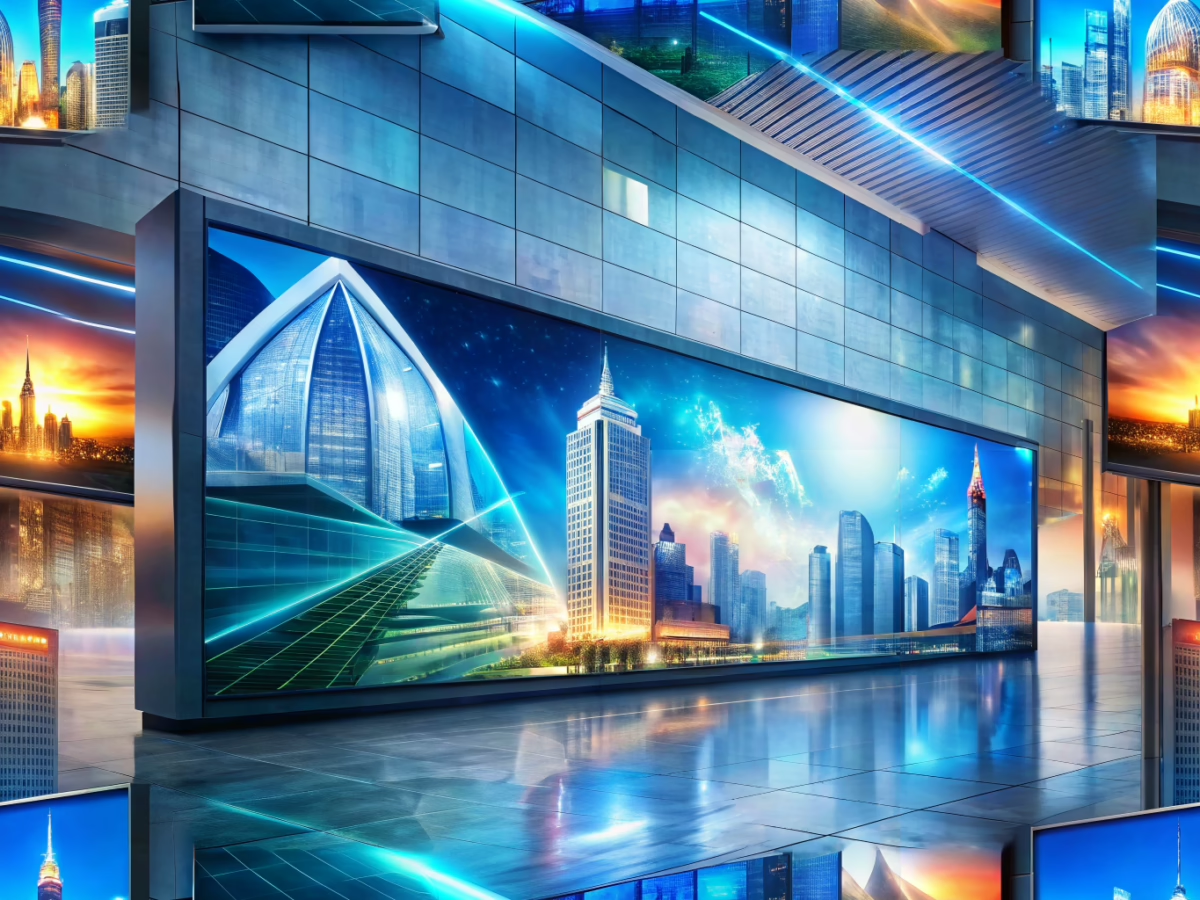Overview
As technology advances and design trends shift, businesses and individuals are rethinking their signage options. Both LED and neon signs offer unique benefits along with specific challenges. This article provides a comprehensive comparison that breaks down the pros and cons of each option, and analyzes their cost differences so you can make an informed decision.
LED Signs: Advantages and Disadvantages
Advantages: LED signs are known for their energy efficiency, long lifespan, and flexibility in displaying dynamic content. They require minimal maintenance and can be customized to offer a range of colors, animations, and brightness levels, making them ideal for various applications.
Disadvantages: The initial investment for LED technology can be higher compared to other options. Additionally, while they are durable, LED signs may require professional installation and occasional updates to keep up with rapid technological advancements.
Neon Signs: Advantages and Disadvantages
Advantages: Neon signs exude a classic and nostalgic charm with their vibrant glow and timeless design. They are particularly effective for establishments seeking a retro or artisanal aesthetic, often enhancing brand identity through distinctive and eye-catching visuals.
Disadvantages: Neon signs tend to be more fragile due to their glass construction and gas components, requiring more maintenance and careful handling. Moreover, they generally consume more energy than modern LED alternatives and may not offer the same level of design flexibility.
Cost Differences
Cost considerations play a key role when choosing between LED and neon signs. While LED signs typically have a higher upfront cost, their energy efficiency and lower maintenance expenses can result in long-term savings. Conversely, neon signs might have a lower initial price, but ongoing maintenance and energy consumption can lead to higher lifetime costs.
For those interested in exploring innovative signage options, consider checking out custom LED signs designed to meet modern standards and marketing demands.
Conclusion
In summary, both LED and neon signs have their unique advantages and drawbacks. Your choice will depend on your specific needs, budget considerations, and aesthetic preferences. To dive deeper into industry trends and stay current on the best practices, visit the International Sign Association for further insights.










